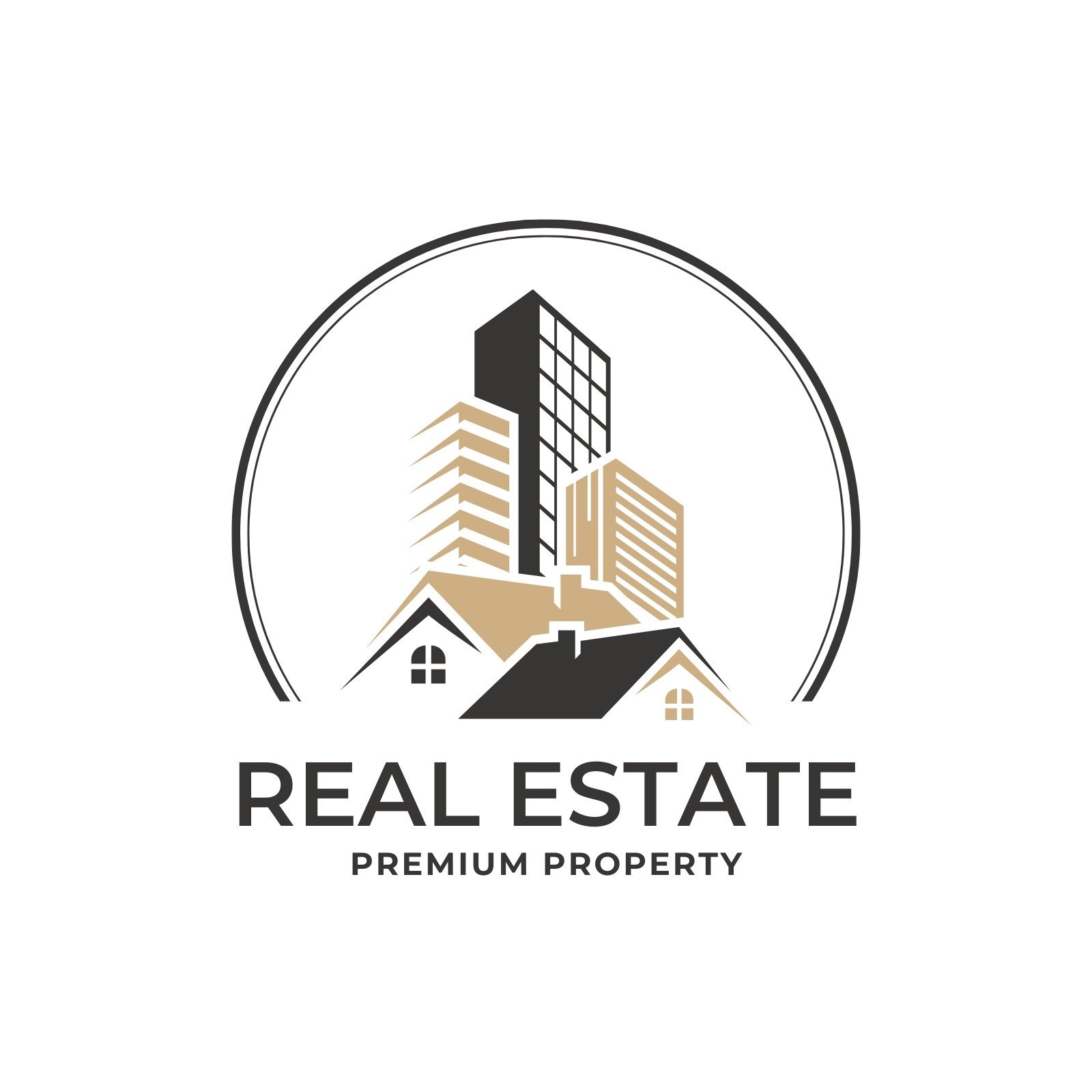mckinleyrudolp
mckinleyrudolp
What is a Gross Lease?
What Is a Gross Lease?
Who Typically Uses a Gross Lease?
What Are the Different Kinds Of Gross Lease? 1. Full-Service Gross Lease
2. Modified Gross Lease
1. Fixed Rent Amount
2. Operating Expenses Covered
3. Maintenance and Repairs
4. Utilities and Services
5. Lease Term and Renewal Terms
6. Responsibilities and Restrictions

A gross lease, often called a full-service lease, is a type of industrial lease where renters pay fixed lease and property managers cover most residential or commercial property expenditures. This typically consists of costs like residential or commercial property taxes, insurance, utilities, and upkeep.
Commercial gross lease is a basic, all-encompassing lease structure that offers tenants foreseeable month-to-month costs, perfect for businesses that desire to concentrate on operations without the inconvenience of handling extra costs.
Who Typically Uses a Gross Lease?
Gross leases are most commonly used in office buildings, medical centers, and retail spaces where renters value simplicity and foreseeable costs. They’re especially popular among little companies, experts, and start-ups who wish to focus on running their organization without the interruption of managing property-related costs. Landlords in multi-tenant industrial residential or commercial properties likewise favour gross leases to centralise expenditure management.
What Are the Different Kinds Of Gross Lease?
Full-Service Gross Lease and Modified Gross Lease are two popular gross lease types, each using different levels of expense predictability and lease flexibility. Whether you’re a renter trying to find foreseeable expenditures or a proprietor wishing to customize lease terms, it is very important to understand your alternatives.
1. Full-Service Gross Lease

A full-service gross lease is the most uncomplicated and complete type of industrial lease, where the renter pays one fixed monthly rent. The property manager covers all operating expenditures, which usually include or commercial property taxes, constructing insurance, utilities, upkeep, and typical location upkeep.
A full-service gross lease is ideal for tenants who want a simple, problem-free lease structure.
2. Modified Gross Lease
A modified gross lease, likewise understood as a hybrid lease, is a versatile choice where the tenant pays a base lease and shares some operating expenses with the landlord. These shared costs might include energies, cleaning services, or a proportional share of insurance and taxes.
This structure offers a balance between the hands-off simplicity of a full-service lease and the cost control of a net lease. It’s particularly popular in multi-tenant industrial buildings, where costs can be fairly divided amongst tenants.
Why Landlords Offer Gross Leases?
Landlords typically choose gross leases, particularly in multi-tenant office complex or shared business spaces, because they simplify residential or commercial property management. With gross leases, property managers receive one fixed lease payment instead of tracking numerous bills from renters, making billing easier.
This lease type likewise brings in occupants who value foreseeable costs, frequently causing longer, more trustworthy occupancies. Additionally, property owners can include operating expenditures in the lease, enabling possibly greater rental earnings.
What Should Be Included in a Gross Lease Agreement?
A gross lease contract is designed to make commercial leasing basic, however it is essential to know precisely what should be consisted of in the contract to prevent any surprises later.
Typically, a well-drafted gross lease will plainly outline all the essential expenses and duties covered by the property manager and what the occupant is anticipated to pay.
Here are the necessary aspects that need to be included in a gross lease arrangement:
1. Fixed Rent Amount
The contract needs to specify the exact month-to-month lease the occupant will pay. Since a gross lease combines base lease with the majority of residential or commercial property costs, this fixed amount assists tenants spending plan without fretting about changing costs.
2. Operating Expenses Covered
The lease must note which operating costs are included in the lease. Usually, these consist of residential or commercial property taxes, building insurance, maintenance, repair work, and frequently energies like water, gas, and electrical power.
3. Maintenance and Repairs
It should plainly mention that the landlord is accountable for routine repair and maintenance, including common areas such as hallways, elevators, and car park.
4. Utilities and Services
Details on which energies and services (such as janitorial or landscaping) are covered by the landlord need to be detailed to prevent confusion.
5. Lease Term and Renewal Terms
The length of the lease, choices to restore, and any conditions for lease increases ought to be plainly recorded.
6. Responsibilities and Restrictions
Any occupant duties, such as maintenance inside the rented area, and any constraints on usage must also be defined.
Including these bottom lines in a gross lease arrangement creates transparency and helps both property managers and occupants comprehend their responsibilities.
Before signing, it’s constantly smart to examine the lease thoroughly or look for legal recommendations to make sure the arrangement fits your company needs and monetary plans.
Benefits of a Gross Lease for Tenants
For occupants, a gross lease implies predictable regular monthly lease without any surprise expenses, less paperwork because the property owner handles expenditures, and more time to focus on their organization.
Here are the crucial advantages of a gross lease for occupants:
– Predictable month-to-month rent, simple budgeting
– The landlord handles bills and upkeep
– More focus on organization, less on residential or commercial property management
Benefits of a Gross Lease for Landlords
For property managers, it streamlines rent collection by bundling costs into one payment, permits possibly higher lease, and attracts tenants who value stability and clear budgeting.
Here are the essential advantages of a gross lease for landlords:
– Simplified rent collection and cost tracking
– Potential for higher rental income
– Attracts stable, quality occupants

Drawbacks of a Gross Lease for Tenants
One downside of a gross lease is that the base rent tends to be greater because the landlord presumes many of the monetary threats, including unforeseen rises in residential or commercial property costs.
Tenants likewise have limited control over how utilities, upkeep, or repairs are handled, which can be irritating if they want to handle expenses more carefully.
Additionally, many gross leases include lease escalation clauses, suggesting rent might increase every year to stay up to date with inflation or growing operating expense.
Here are the key downsides of a gross lease for tenants:
– Higher base lease to cover the property owner’s risk of expenditure boosts
– Limited control over energies, maintenance, and repair work
– Possible yearly lease boosts due to inflation or rising costs
Drawbacks of a Gross Lease for Landlords
On the property manager’s side, gross leases come with the danger of fluctuating costs. If residential or commercial property taxes, insurance coverage, or maintenance costs all of a sudden go up, the proprietor should cover those additional charges without passing them directly to occupants.
Managing all repair work, expenses, and renter demands can likewise end up being time-consuming and resource-intensive, adding to the total workload of residential or commercial property management.
Here are the essential drawbacks of a gross lease for property owners:

– Financial risk from changing expenses like taxes, insurance, and maintenance
– Increased effort and time managing repair work, bills, and tenant requests
When Is a Gross Lease the Best Choice?
A gross lease makes good sense in situations where:
– The tenant desires cost predictability
– The residential or commercial property is multi-tenant, such as an office structure
– Tenants do not wish to handle energies, repairs, or taxes
– Landlords desire to use a practical, appealing lease to high-quality renters
Popular industries that take advantage of gross leases consist of:
– Office-based companies
– Startups and small companies
– Medical practices (dentists, therapists, GPs).
– Retailers in shopping centres

Is a Gross Lease More Expensive Than Other Lease Types?
Yes, the base lease in a gross lease is generally higher compared to lease types like net leases. However, that’s due to the fact that the property manager is handling all the financial threat of fluctuating expenses, such as increasing utility expenses or unanticipated repairs. For numerous tenants, the advantage of having foreseeable regular monthly payments and less admin work surpasses the a little higher lease.
Can Rent Increase in a Gross Lease?
Yes, some gross lease arrangements consist of clauses for annual rent increases to represent increasing operating expense or inflation. While the rent is normally fixed, it is very important to check the lease for escalation provisions or provisions tied to market changes.
Our industrial lease lawyer can help you examine these terms to ensure they are reasonable and transparent.
Final Thoughts: Is a Gross Lease Right for You?
The gross lease structure is perfect for companies looking for simpleness and stability. While it may come with a greater lease, the benefits of budget plan clearness, less admin work, and comfort typically surpass the expenses.



